What is temper Bead Welding (TBW) or Controlled Weld Deposition (CWD)
Performing welding repair on materials that are exposed to high temperatures is a challenging job. Most of the materials (Low alloy steel e.g. Cr-Mo types, Cr-Ni Alloys e.g. SS347, Incoloy 800, etc.), when exposed to high temperature during service, will result in aging and brittle microstructure due to various metallurgical changes.
Example applications of these materials are in power plants, refineries, and other related areas.
As we know Material properties get degraded when they are exposed to elevated temperature services e.g. in petrochemical, power plants & steel plants static equipment & piping.
Due to the resultant inferior and degraded mechanical properties, performing welding of these materials is a very challenging task for the welding engineers because:
- Microstructure prone to change to martensite during welding repair.
- Controlling the weld & HAZ hardness.
- Minimizing the residual stresses.
- Controlling the grain refinement.
- Microstructure detrimental to toughness properties.
The best option to regain the mechanical properties such as strength, ductility, and toughness calls for the post-weld heat treatment (PWHT). But full PWHT is not possible due to in-service equipment operation, due to the size of equipment (Large size parts), the extent of the repair and material properties, etc.
So, it is always not an on-hand offer to make the heat treatment to bring back the material to its normal microstructure or stress conditions.
Difference between welding pass, weld bead and welding layer
Definition of temper bead welding:
The definition of Temper Bead Welding is clearly stated in BPVC ASME Section IX Code. ASME Section IX, QG 109-Definitions, stated the Temper bead Welding as:
”a weld bead placed at a specific location in or at the surface of a weld for the purpose of affecting the metallurgical properties of the heat‐affected zone or previously deposited weld metal.’‘
Reference: ASME Section IX, QG 109 2019 Edition.
In simple words, this welding method is used, for many materials such as CS material, Cr-Mo alloys, and alloy steel when a PWHT is impractical due to service conditions or other limitations.
TBW helps to achieve various objectives by a pre-planned approach by:
- Placing weld beads at pre-determined locations.
- Tempering the base metal, preceding weld beads/ weld passes.
- Relieving the residual stresses.
- Controlling the weld cooling rates to eliminate hard microstructures.
Watch our YouTube video for interactive animation learning on Temper Bead Welding
Objectives of Temper Bead Welding
Temper Bead Welding’s main objective is to eliminate the need for post-weld heat treatment (PWHT) after weld completion where is mandatory to perform the PWHT due to material type, code requirement, or client specification.
In general, Temper bead welding serves to achieve the following objectives:
- Help to reduce as-welded HAZ hardness.
- Beneficial for repair welding for large structures for which it is difficult to perform the specified post-weld heat treatment.
- To refine the coarse-grained HAZ in the parent metal.
- Help to reduce residual stresses.
- Provide localize PWHT of previous weld beads.
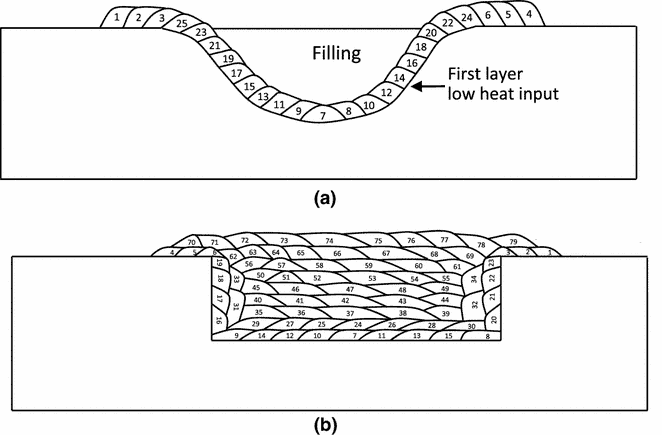
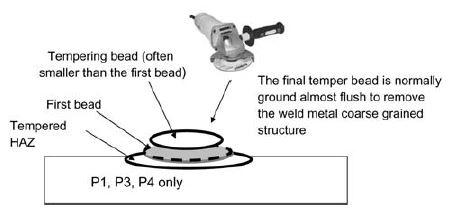
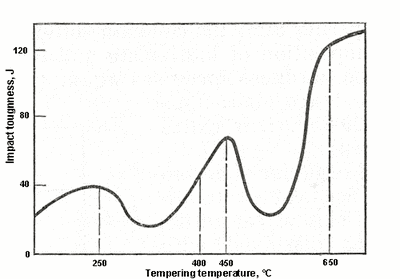
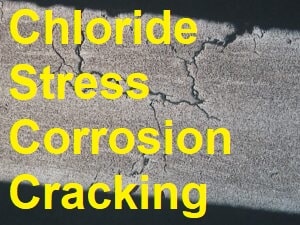
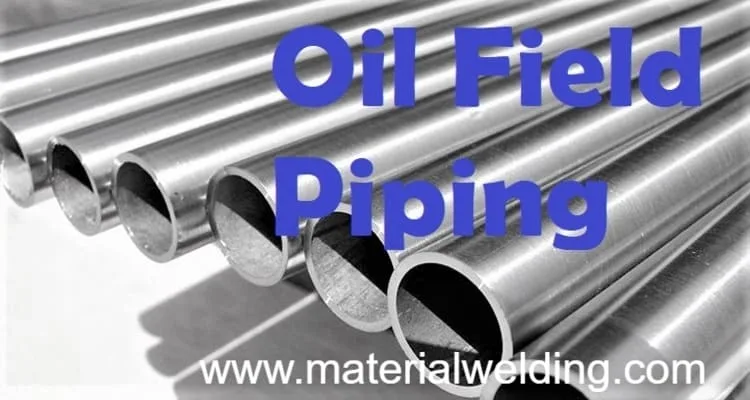


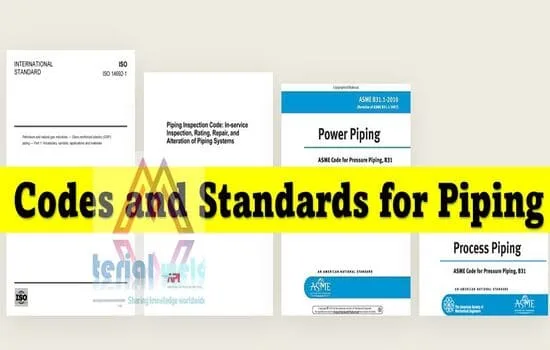
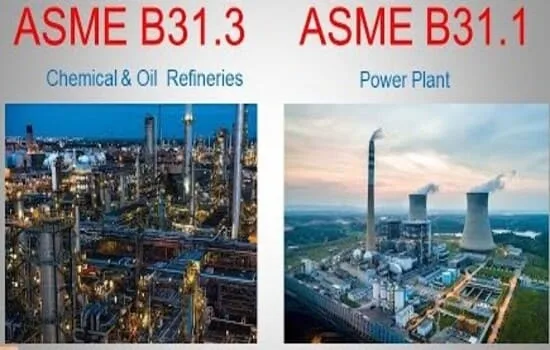

Temper bead welding is a repair technique. Excellent explanation in this post to clear my doubts.
Which code covers temper bead welding applications in Oil & gas field?
Refer to API 510 clause 8.1.7.4.3 Preheat or Controlled-deposition Welding (CDW) Methods as Alternatives to PWHT.
As a reader, I found the article on temper bead welding to be informative and interesting. The author did a good job of explaining the concept and technique in an easy-to-understand way. I appreciated the article’s clear and concise language, which made it easy to follow along. Overall, it was a helpful introduction to temper bead welding, and I came away with a better understanding of how this technique can be used in welding applications.